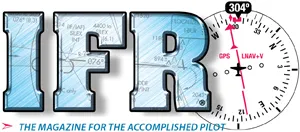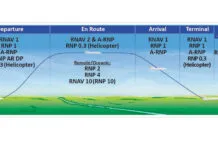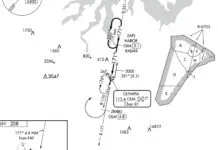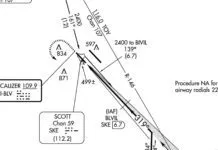Last month in Part 1, we talked about the ATC planning for Oshkosh, selection, pre-OSH activities, Fond du Lac, and Fisk. In this Part 2, we’ll talk about ATC roles in the “World’s Busiest Control Tower,” those oddly named MOOCOWS, and a couple other things. We’ll start with the Tower.
OSH Tower
Oshkosh Tower is the well-known landmark for anyone who has been to AirVenture. Starting around 0545 every morning and finishing around 2030, six teams of controllers along with several supervisors and managers are in and out of the tower. We don’t just handle a lot of traffic. There are enough people working that Operation Managers (OM) are required to manage the staff. There are three teams in the morning and three in the afternoon with several other pink shirts passing through.
The teams rotate through two main positions in the Tower—North Local and South Local. With teams of four, one team is assigned to work North Local, one team is assigned to work South Local, with a supervisor for each side. In addition to that, there are at least two OMs in the Tower at all times. So there are at least 12 people in the tower cab, and that increases to 24 or more during position change.
North Local controls Runway 9/27. Traffic over Fisk, most IFR arrivals, and warbird/demo aircraft normally go to 9/27. One pink shirt is a communicator, one is the downwind spotter, one is the base/final spotter, and the team lead normally stands behind and collaborates with the supervisor (OS) on big-picture stuff. The communicator is responsible to literally parrot what he hears from the spotters, then the team lead, then OS (in that order). “The communicator also ensures runway separation and directs the exit of arriving airplanes onto the grass, saying “it has been rolled smooth for your pleasure!”
Anyone on the team can call out a go around if separation is lost. There are also departures that are woven in, so those might occasionally require a go around. It’s very fluid. The downwind spotter does exactly that, spots planes on the downwind. This person does their best to pick out airplanes in the downwind, identify them as best as possible (similar to Fisk) and tell the communicator what to say to them, i.e. “Cessna over the gravel pit, start your descent” or maybe they don’t because someone went around and needs to be re-sequenced back into the downwind.
They were wondering if the Bonanza pilot had been talking or listening to ATC, and why he didn’t go around. Since I wasn’t working and didn’t see it, I assumed the pilot either wasn’t monitoring, had an issue, or was simply confused. At the same time we thanked the RV pilots that they went around and avoided a major problem.
They then told us, “Initially Tower didn’t tell us anything because they were busy with the Bonanza, but what should we do if we go around?” I answered, “If this was to happen and Tower didn’t issue a specific instruction, I would fly the departure procedure. If you’re told nothing as you’re exiting the airspace, go to the end of the line and try again.” I know it’s what no pilot wants to hear after being in the arrival line for 30 minutes, but it keeps everyone safe. They hadn’t even thought about doing that.
After we chatted about how cool AirVenture was, they departed and I went back to work. Funny enough, this was not the only time this scenario happened during the week. It happened to a friend of mine as well, and he got it on video. He got lucky and got an ATC instruction to exit that was not exactly the same as the NOTAM, but it was issued by ATC to keep him out of the way of other arrivals, then he went back to Endeavor. It’s always an emphasis item for pilots to have plenty of gas before even jumping on the arrival. It still happens, but please plan fuel accordingly. When I’ve flown in, I topped off within 30 minutes of the Fisk arrival. This normally gives me enough to fly the arrival in and out 3 times. Going around isn’t the worst that could happen. —EH
Once airplanes in the downwind pass a certain point and have been given some instruction, the downwind spotter goes to the next airplane, and so on. The base/final spotter also does the same. They can glance at the radar, but we generally rely on it for situational awareness and to determine the sequence with warbird arrivals vs IFR arrivals (always straight in on the approach). This person also tells the communicator when aircraft need to turn base, to extend, or do something else. Our options are limited with IFR arrivals, but with warbird arrivals and even the Ford Tri-Motors—those are so cool—we might send them to the overhead pattern or even have them do a 360 if we run out of space.
As the Team Lead watches the big picture, they might even tell the communicator to say something or transmit over the communicator. Normally in ATC, over-keying happens when a trainee is not doing so well, so the trainer takes over. At OSH, because we’re to “stay in our lane,” the communicator or spotters might not see something that the Team Lead sees. On the other hand, spotters will find plenty of airplanes not doing what they are supposed to be doing, so they will tell the Team Lead and then monitor it for compliance.
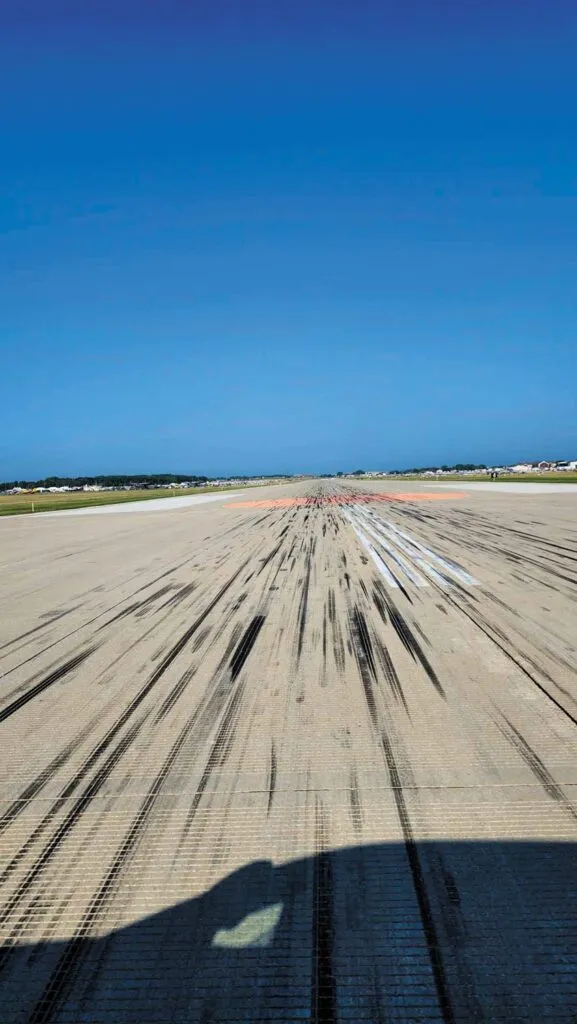
The other spotter is the downwind spotter and will instruct “(airplane) in the downwind, start your base abeam the tower or blue dot, 18R cleared to land on the pink dot.” This person has to keep a good eye on aircraft that don’t listen or continue their downwind. Continuing the downwind (flying north) will put aircraft into conflict with traffic on 9/27. If on south flow (18R), most warbird arrivals will go to 9/27.
Now flipping that coin, if we’re landing north on 36L, we then have 36R. 36R is used for arrivals only, and only on north flow. That 18R downwind spotter becomes the opposite base (right base to 36) and final spotter, while the other one becomes the base spotter. Base spotter will tell the communicator, “(airplane type) just past the interstate, start your descent,” then a few moments later, “(airplane type) on left base, turn final 36L cleared to land (yellow or pink dot as appropriate).” So the roles change just a tad when flow changes, but the Team Lead and OS stay the same.
We are in these positions for up to two hours then are relieved by the third team that was on break. Depending on time of day and length of break, a lot of us will go out and walk around the show. Fresh air does us pink shirts really good after a busy session. By this point you may be thinking, “What about Ground Control? Is there a Ground?” Yes, there sure is.
Ground/Clearance
Ground Control and Clearance/Flight Data (GC/CD) also exist at OSH, normally staffed by one member of a team that just left or about to come back up—about half their “break” at a time. Because everything at OSH other than a runway is non-movement (for AirVenture only), GC/CD is responsible for issuing IFR clearances and asking for position reports from aircraft when they taxi for departure. Once close to the designated IFR staging area, GC/CD will call Milwaukee for IFR release and then hand the strip over to the OS, who then radios the appropriate MOOCOW with release instructions. It’s then up to the MOOCOW to issue the aircraft its clearance.
GC/CD also records the ATIS and keeps them updated. Note that if you’re on the Fisk arrival and told something different from the ATIS, do whatever you’re told in real time. Changes are frequent at OSH. The GC/CD position in the Tower is located right next to the North Local team, so if there isn’t much going on, this person normally will assist as another pair of eyes.
MOOCOWS!
When you taxi out for departure at OSH, you will see a Mobile Ops/Comms Workstation (MOOCOW) right next to your departure runway. These amazing constructs were built and maintained by the FAA TechOps team—the ones who maintain all official FAA equipment.
Pink shirts standing next to the runway also have a cool little piece of equipment. No fancy name for it, but they are custom made radio belts that have a headset attached for that controller to communicate on the frequency for that runway. They also have an internal radio that no one else can hear for communicating with the Tower for special circumstances. You will also see us out there with the orange wands.
There are four MOOCOWs, but we only use two at a time—one on each end of Runway 9/27 and one on each end of 18R/36L. This makes it easy to switch flows due to winds; we can just hop off one and drive down to the other. One team is stationed on each runway, and each runway has a unique name for the MOOCOW position.
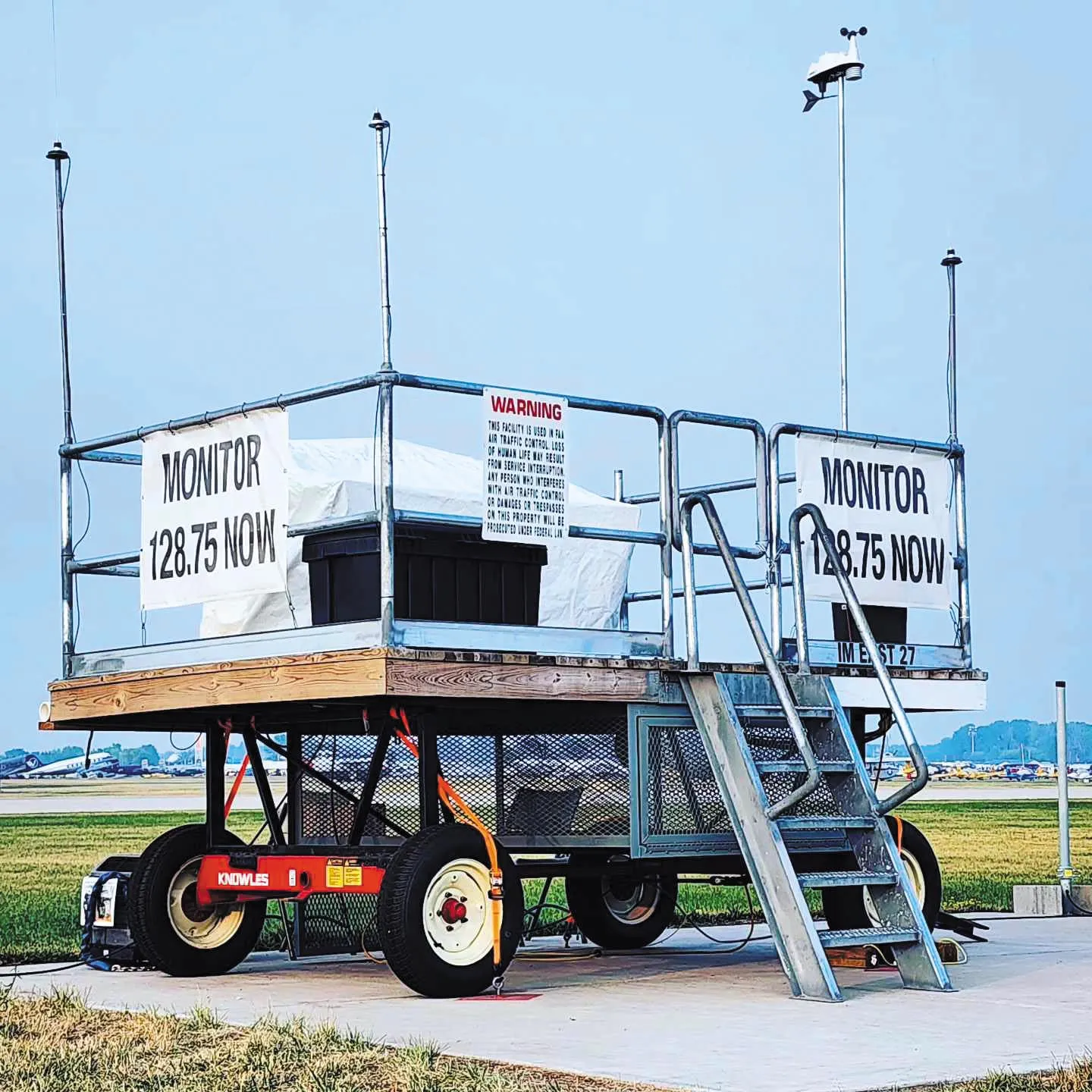
Runway 9/27 MOOCOW is called “Itinerant Mobile.” The 18R/36L MOOCOW is called “Fly-By Mobile.” In each MOOCOW, the positions are Aircraft Communicator (AC), Spotter/Coordinator (SC), and Crosser. ACs are on frequency and giving clearances. They stand on the MOOCOW with the SC. The SC has the binoculars and assists the AC in flow/sequence as needed.
MOOCOW controllers only handle departures. We watch and sequence with arrivals on another frequency going to the same runway. Luckily for us, we communicate well with pink shirts in the Tower, and each MOOCOW has the arrival frequency on a speaker so we have better situational awareness. The last person on a MOOCOW is the OS. They mainly talk to the OS in Tower to maintain awareness. These two OS have final authority on the respective positions.
The best way the AC and SC get departures out is, “Anyone in the downwind or on final? No? Launch em. Oh, there’s a plane on two-mile final? Launch em. Someone on short base? Ahhh okay, hold short.” These are non-radar positions relying only on eyes and ears. If the departure line is long enough, the MOOCOW OS may tell the tower OS and ask to stop arrivals for a short time. Normally on the Thursday morning after the airshow, there are lines to both runways. That line can easily get to over 250 aircraft and even longer if something happens to delay departures. After the afternoon airshow on Thursdays, arrivals often simply stop and we will launch every plane in line. It’s actually pretty cool, especially if you are a Crosser.
Crossers are the pink shirts standing next to the runway with the wands. As a Crosser with a radio belt on, we will bring aircraft as close to the runway as possible (125 feet off centerline under waiver). This is past the normal 250-foot hold short line, but only because we are physically standing there and watching/controlling. The Crossers main job is to ready planes for departure. We hear what the AC is saying on frequency and mimic that with our actions. Until we hear “(airplane in front of us/call sign) cleared for takeoff,” we will marshal you forward up to our position and then hold you.
Pilots should refresh wand signal meaning. The main three we use are “pull forward, slow down, and stop.” Nothing fancy. Once we hear “Cleared for takeoff” we drop our wands and wave. Once they pass, we bring the next airplane up to us and hold them. Now on Runway 9/27, Crossers actually deal with vehicles that need to cross as well. Those vehicles have to watch us as we scan the approach path/base, then if clear we send ’em off. Vehicles can cross/move faster than airplanes, so if you see a vehicle crossing while you’re on base to final aiming for your dot, don’t worry too much, since those vehicles won’t be an issue. We actually have a grass path in case we get airplanes that need to cross, but the other side is blocked. We will wave you to cross, but go onto the grass on the north side of the taxiway. Being a Crosser is one of my favorite positions at OSH.
Post-Deployment
At the end of the show, the NOTAM ends and pink shirts go home. Contract tower controllers take over again and resume normal operations and rules. If you don’t make it out before the NOTAM ends, make sure you call ground to taxi if you don’t see any marshallers.
If you’re flying into the show and happen to see a pink shirt, feel free to talk to them. Most of us love airplanes as much as you do and we love to bust our butts to work the world’s busiest control tower. We understand many people will approach us with questions, so we’re ready for ya.
